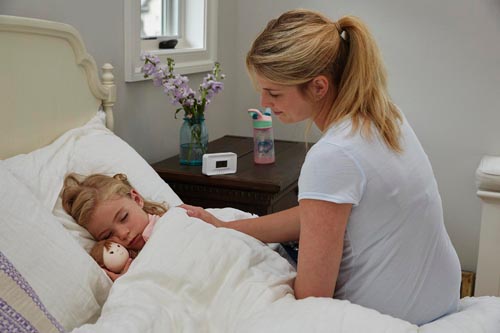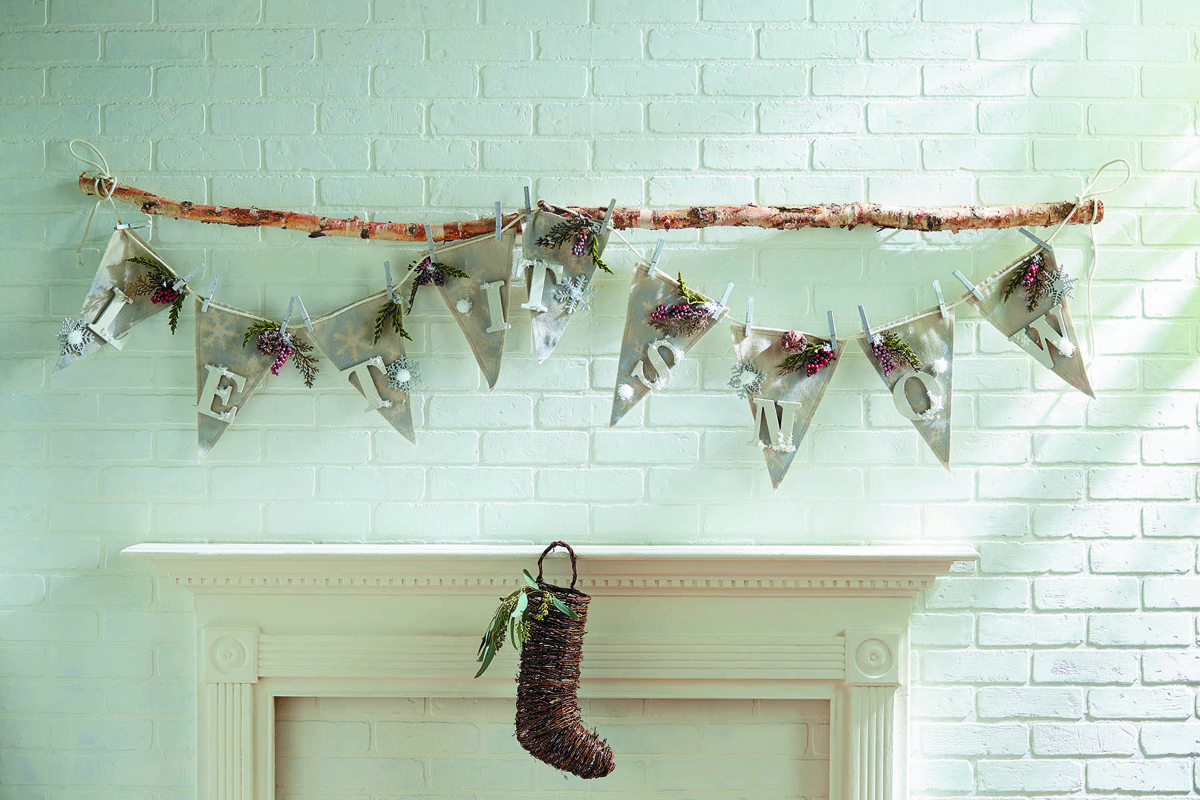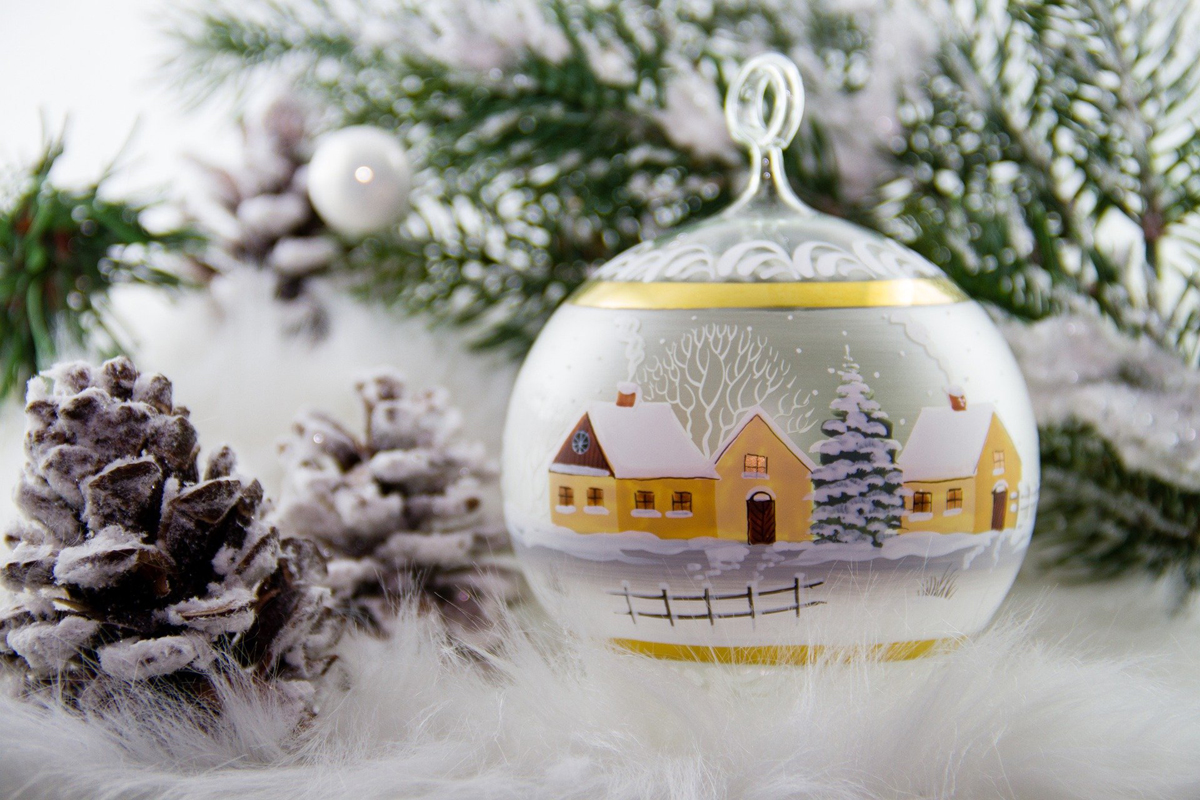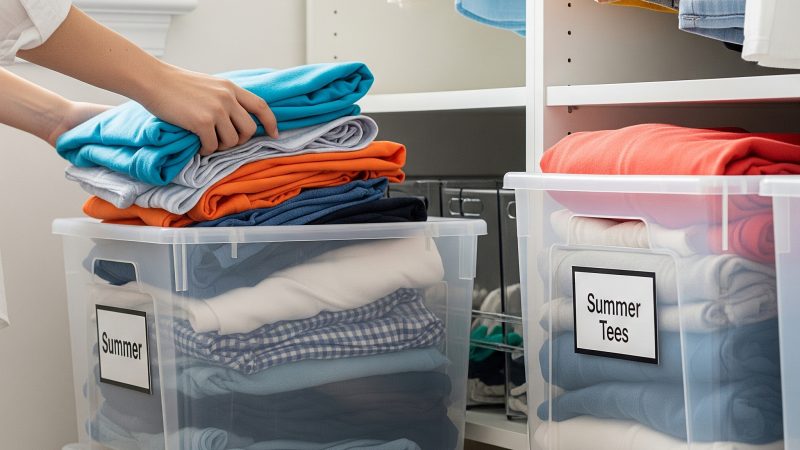A Homeowner’s Winter Safety Guide

The cold winter months often bring a host of repairs and tasks that are necessary to prepare our homes for the weather. After you have insulated your walls and windows, wrapped your water pipes and cleaned your fireplace, what more can you do to ensure your home and family are winter-ready and safe?
Most Canadians believe they are well-informed when it comes to fire safety and prevention in their homes. However, a new national survey commissioned by First Alert reveals there is a need for us to learn more about the importance of smoke and carbon monoxide alarms, and how to take key safety steps. Here’s what you can do to help protect your home and family.
1. Put Together an Emergency Kit.
Winter storms can be unpredictable – having an emergency kit in place will give you and your family some peace of mind, in case you find yourself without power or heat. Fill a storage container with flashlights, batteries, blankets for each family member, water bottles and non-perishable snacks. Duct tape and plastic sheeting are great to have on hand too. Customize your kit to your family’s specific needs.
2. Create an Escape Plan.
If you need to leave your home due to a fire or carbon monoxide emergency, having an escape plan in place ensures that all members the household are prepared and know what to do. The best plans have two ways to get out of each room, as well as an outside meeting place that is a safe distance from your home where everyone can meet. It is important to practice your escape plan at least twice a year with the entire family. Also, make sure once you have evacuated the home do not re-enter until first responders have cleared the home.
Is Your Family Prepared for an Emergency?
3. Install and Maintain Alarms.
The National Fire Protection Association recommends that smoke alarms be installed on every level of the home, including the basement, inside each bedroom and in the main living spaces. Carbon monoxide alarms should be installed on each floor and in a central location outside each bedroom. Once alarms are installed, be sure to properly maintain them by testing regularly and replacing the batteries at least every six months. Also, remember alarms don’t last forever and it is necessary to replace smoke alarms every 10 years and carbon monoxide alarms every 5 to ten years.
The Author:
Find more information online at Firstalert.ca
Source: (NC) Newscanada.com








